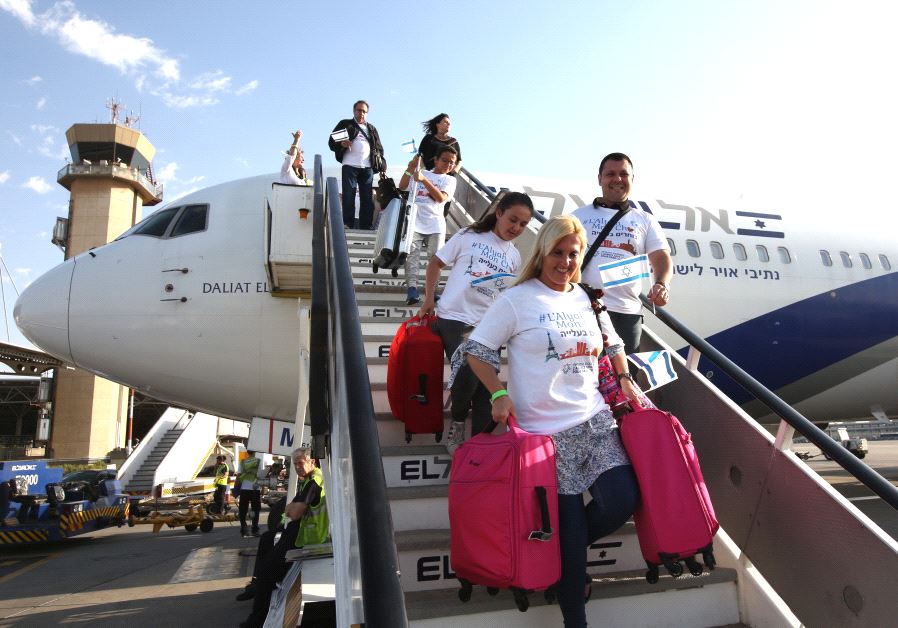The current state of aliyah: There’s good news and bad news
Minister says Israel world’s largest Jewish population at 6 million, US at 5.7 million.
 French olim arrive at Ben-Gurion Airport, July 10, 2017(photo credit: MARC ISRAEL SELLEM/THE JERUSALEM POST)Updated:
French olim arrive at Ben-Gurion Airport, July 10, 2017(photo credit: MARC ISRAEL SELLEM/THE JERUSALEM POST)Updated: